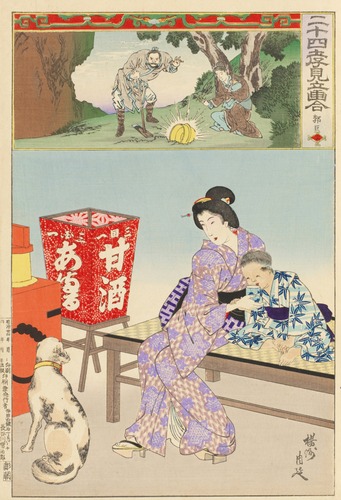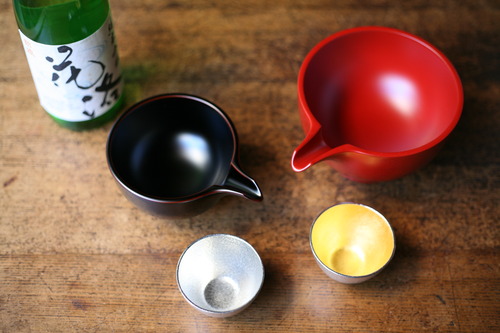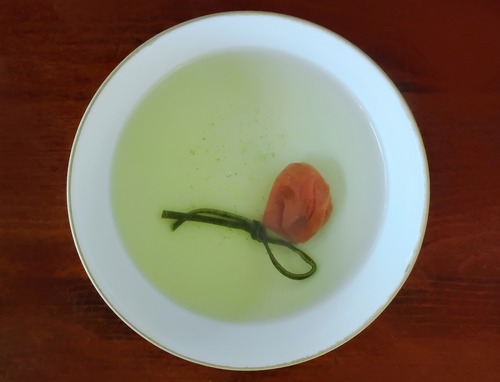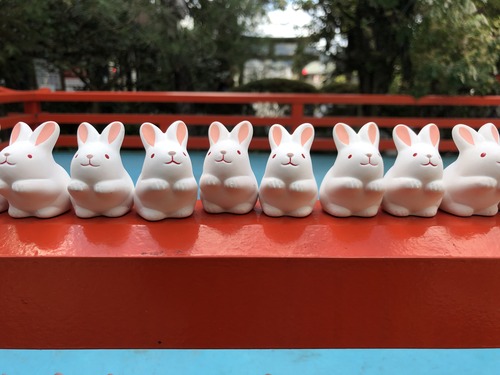
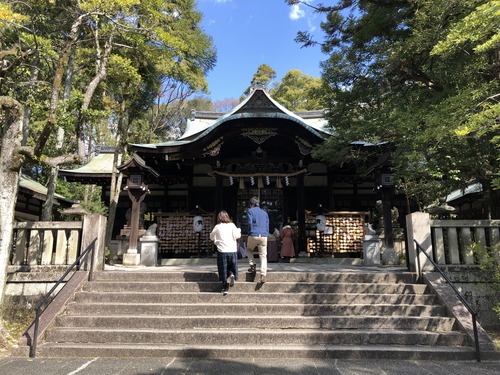

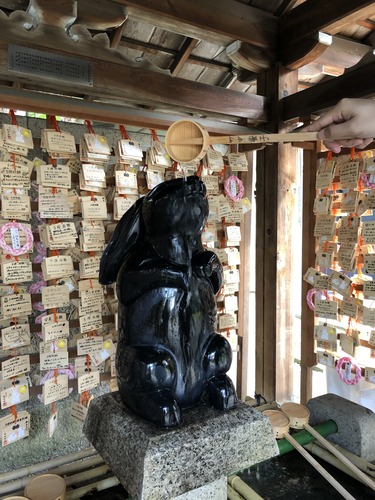
[About the Divinity of Rabbits]
Rabbits generally give people the impression that they are good and cute and cuddly. In addition, rabbits are considered to be partly divine in Japan. When counting rabbits in Japanese, they are counted in the same way as birds flying in the sky, unlike the way they are called for counting cats and dogs. In the past, when meat eating was prohibited, rabbits were classified as a type of bird so that they would not be punished for eating its meat.
In Buddhist legends, rabbits live in the moon and are regarded as messengers of the moon god. In real life, many rabbits live in the mountains, so they are also regarded as messengers of the mountain gods. In Japanese folk beliefs, the mountain god takes on the form of a god of childbirth and goes to a private maternity home to help a woman in labor, so the rabbit is also seen as having the divine nature of a god of childbirth. Since the duties of the mountain god and the field god are similar, the rabbit is also considered to be a god of agriculture who can bring in a good harvest.
There are also shrines related to rabbits in Kyoto, and one of them is Higashitenno Okazaki Shrine located near Heian Jingu Shrine, which is also called Bunny Shrine. The shrine has a large number of rabbit statues within its boundaries, which are perfect for worshipping in the Year of the Rabbit. As mentioned above, in Japan, the rabbit carries the divine nature of a god of childbirth and symbolizes prolificness. Therefore, Higashitenou Okazaki Shrine is also a shrine for praying for marriage, pregnancy, and safe delivery.
In addition, Uji Shrine, located near Uji on the Keihan Train, is also associated with rabbits. Here, the rabbit is also considered to be a messenger of the gods. Legend has it that when the Emperor's son, Ujino Wakiiratsukono Mikoto, was on his way from Kawachi to Uji, he got lost. At that time, a rabbit appeared and guided him back to his home in Uji. The rabbit enshrined in the shrine is also called a "rabbit looking back." If you have doubts about the direction you are currently working on, you can visit Uji Shrine and get some inspiration.
Okazaki Shrine
https://goo.gl/maps/bipc8qSN9yY6xR7L9
Uji Shrine
https://goo.gl/maps/WWN64LxthgkWufGk7
Sanjo Showroom
https://www.shokunin.com/en/showroom/sanjo.html
References
https://www.jalan.net/news/article/327250/
https://tabizine.jp/2018/10/04/208282/
Akata Mitsuo (1996) "ウサギの神性について"「帝塚山短期大学紀要」 33, 14-27
